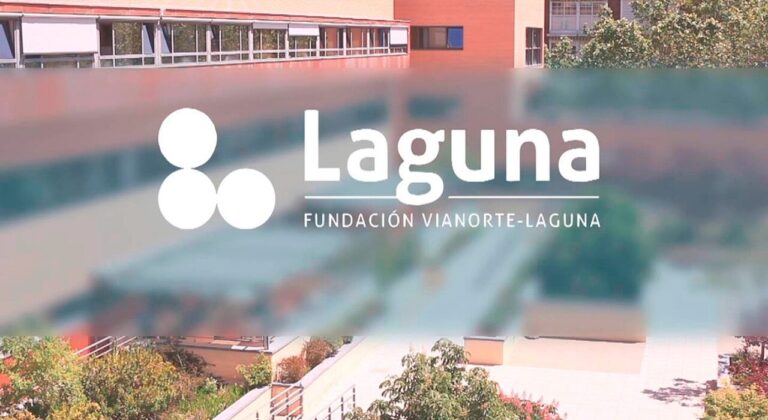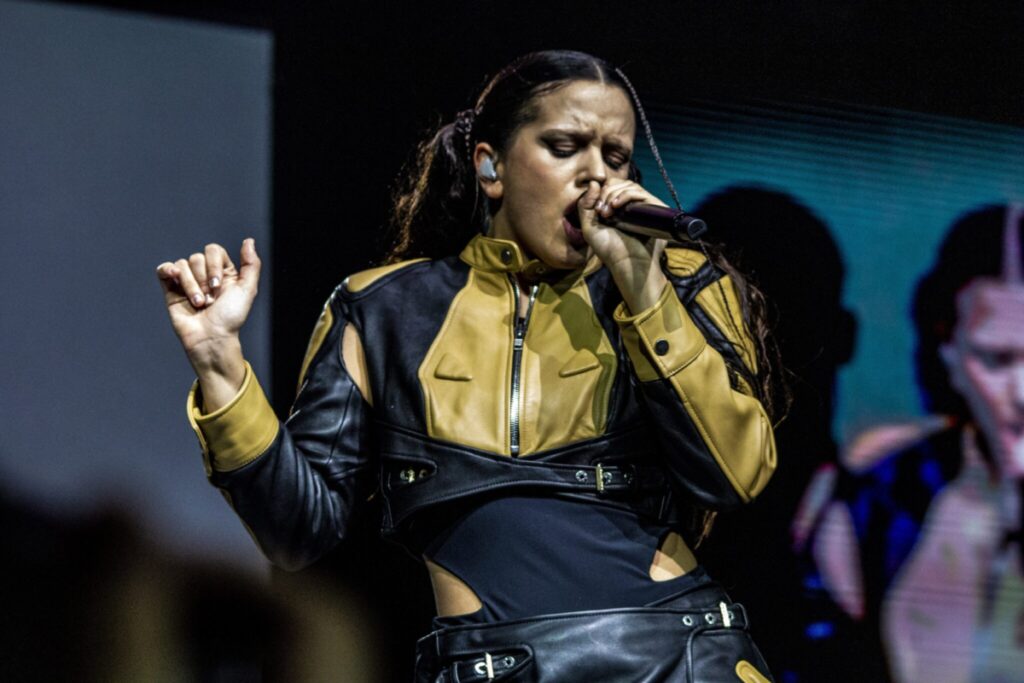Íñigo Quintero, a Spanish singer-songwriter who is barely 20 years old, went in just a few weeks from being totally unknown to taking over the ranking of most listened to artists in the world with his song “Si no estás.” His case has sparked debate over the power of social networks within the music industry.
In recent years, a generation of singers has emerged, born in a technological and hyperconnected world, free of the obstacles producing and disseminating their work entail. This is paving the way to fame and has forced record labels to adapt their business model to a new context, in which artists have more power over their music and careers.
When it comes to Quintero’s case, media outlets have attributed his success to the hype the song received on social media, and everyone has come up with theories about how influential platforms like Instagram and TikTok are when it comes to streamed songs going viral. It’s hard to know what really catapulted the song to success, but it looks like a combination of planned elements and a bit of luck are at the root of it.
In any case, audio streaming and media services providers such as Spotify or Apple Music and social networks like TikTok and YouTube increasingly condition record labels, which have had to adapt their business model, which now depends much more heavily on the profit generated from streaming. At the same time, the platforms could be seen as allies to the industry, serving as a fast and quick bridge to reach broader audiences.

Paradigm shift
Before these platforms existed, marketing a song or an album was done on the airways, or via TV appearances or posters around cities. While these practices are still around, a significant part of promoting music is now done on artists’ social media or on steaming platforms like Spotify; and it is precisely the interactions on Instagram or TikTok and a song’s success on these platforms that’s taken into account when it comes to rankings of most popular songs.
The strategy of posting fragments of songs not yet out to create hype among fans before their release has become extremely common.
For a song to land on top of these rankings, artists usually post teasers to their profiles of snippets of it before releasing the entire thing. By doing so, there’s increased expectation about the new music and fans help with the organic dissemination of their work, posting their own dances, reactions, etc. to the snippets. It’s free and very effective advertising.
Take Rosalía. The most famous Spanish singer usually offers previews of her work on TikTok, a platform where she has 33 million followers and where some of her videos exceed 100 million views. Before her last album, Motomami, came out, every week she posted a fragment of a song, sparking discussion across platforms between fans and critics. This strategy is hardly new, and a considerable number of artists use it to create hype before dropping an album or song.
Secrets of a golden algorithm
Social media networks know the potential of their algorithms and have harnessed them to the max when it comes to music. According to a TikTok survey, 80% of its users say TikTok is their favorite platform to discover new music. Artists see social media as the easiest and fastest way to make themselves known to the public. No one has yet explained precisely what makes a song go viral, because the platforms keep their algorithms under wraps, but there are certainly some plausible explanations.
First of all, record labels and social networks work together to promote the songs they sense will be hits, and, as a consequence, will generate more content and user screen time. Part of the strategy involves positioning the songs on the most popular playlists on streaming platforms, something record labels pay a lot of money for. Generally, these lists are dominated by established artists, but occasionally a song by an emerging artist the platforms consider viral material sneak in.
There are “organic” elements among fans when it comes to a song going viral, but also other artifical ones
What’s more, the platforms have an ace up their sleeve: according to a Forbes article, TikTok has recognized it has a “heating button.” When they see that content is working and generating reactions and views, they usually encourage its dissemination even more with an “extra push.”
In addition to this, there’s organic growth, from user to user: when one person comes across new music via content published by someone they follow. “Trends” are yet another way for fans to help their favorite artists’ work go viral: challenges that artists pose to their followers or that arise spontaneously among followers which normally consist of doing some dance or montage to the song. A number of influencers who today have millions of followers achieved fame this way.
TikTok: Where music is born… or resurrected
Musical artists born between the end of the 20th century and the beginning of the 21st have had the opportunity to produce and share music from their bedrooms, with just a mic and an internet connection. Billie Eilish’s first album release is a case in point: months after uploading it, she went on to win the Grammy for album of the year. Like her, increasingly more artists are making themselves known without the need to sign to a record label. And, consequently, they have greater control over what they’re making and its advertising.
If home “recording studios” have changed how music is produced, when it comes to dissemination, social networks have been the biggest catalysts, with Instagram and TikTok leading the way. It’s true that Justin Beiber was discovered by a headhunter through his uploads to YouTube of himself singing in his bedroom. But what’s changed since then is the levels of interaction artists can have with fans on social media, and how much money they can make with collaborations before a record label even approaches them.
British artist PinkPantheress is one of the clearest examples of this paradigm shift. Tired of her music being overlooked on SoundCloud, she began recording TikToks at home, eventually catapulting her to fame. After one of her songs became one of the most listened to in the country, a record company decided to sign her.
Social media does more than help new artists go viral. In recent years, we’ve seen how they’ve been able to give music released years ago new life. Mariah Carey’s “All I Want for Christmas Is You,” which debuted in 1994, broke the record for most times streamed in one day on Spotify last year. A few weeks ago, with Christmas two months out, the singer uploaded a video to her TikTok proclaiming that with the holidays approaching, it’s about that time to start listening to the hit again. In just a few days, the video had almost 100 million views, and streaming of her song began to grow like wildfire.
The other side of the phenomenon: virality at any price
This new model of reaching the public raises some questions. One of the most touched upon issues has to do with the fact that social media now conditions the music itself: artists create thinking about how “viralable” their songs are going to be, rather than their quality.
The “Tiktokization” of the industry tends to exacerbate the fan phenomenon and increase danceable music’s “rule”
The fact that, in general, songs don’t last much longer than two minutes points to this fact, as artists don’t want to “tire” an audience with limited attention spans. The lyrics and beats often tend to be quite simple. Artists themselves directly offer their followers fragments that can quickly be put to choreography, so their work makes it into “Trends.” Because in a world where everyone is competing for the practically non-existent attention of social media users, being danceable trumps quality when it comes to making it big. Ultimately, the listener pays the brunt, as the array of musical diversity they’re exposed to shrinks.
Another risk of the “Tiktokization” of the industry is that the public’s interest shifts from the music itself to the artist. Yes, this fan phenomenon already existed before social media, but the continuous exposure of musical artists on social networks fosters bigger feelings of connection between the creators and their work, pushing artists to exploit their physical appearance more, sometimes to the point of hypersexualization.
On the other hand, we must’ve forget that many of the great albums of our time were created to be listened to as an organic unit, with a narrative and central thread, which required playing them all, and in a specific order. Now that the songs are released as singles, the total number of times they’re played may increase, which adds to profits, but there’s a risk that this approach to making music will be lost, replaced by the ephemeral success social media offers.
Taking stock of the advantages and disadvantages that the paradigm shift has brought to the music industry, one could argue that artists now enjoy greater independence when it comes to record labels, the music they make and how to disseminate it. But this greater freedom comes with the price of being subject to the subtle tyranny of public demands and social media.
Translated from Spanish by Lucia K. Maher
